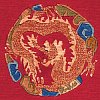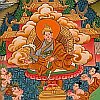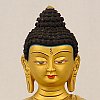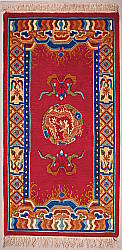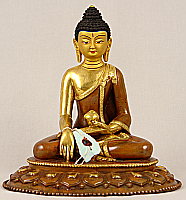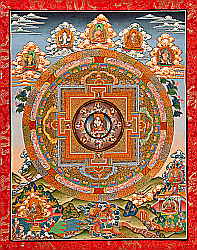Tibetan Rugs
"Our prime purpose in this life is to help others.
And if you can't help them, at least don't hurt them."
(The 14th Dalai Lama)
Our major product, traditional Tibetan rugs, are the result of a decade-old friendship between Dieter Wanczura, the owner of artelino GmbH and a Nepalese business man and manufacturer of carpets. We do not offer you modern carpets from Nepal, but exclusively traditional Tibetan rugs, also called khaden. The Tibetans, a nomad people, used their carpets primarily for sleeping, sitting and praying. Therefore traditional Tibetan rugs are mostly small in size with a typical measure of ca. 3 by 6 feet = ca. 90 by 180 cm and therefore uncomplicated to ship.
The manufacture of our friend in Nepal practices exemplary work conditions without child labor. He even maintains a nursery and a school for the children of the workers.
If you want to know more about Tibetan rugs and the artelino project I recommend to read Tibetan Carpets from Nepal.
Nepalese Metal Statues
"With realization of one's own potential
and self-confidence in one's ability,
one can build a better world."
(the 14th Dalai Lama)
The Tibetan statues that we offer come from Nepal. They are all hand-made, mostly copper, plated with real gold and often decorated with semi-precious jewels and iconographic painting (faces). They represent the best quality available for Tibetan statues.
The statues are not made from a mold but from a wax model. Therefore each piece is a unique object of art and artisanship. The skill of creating these Buddhist statues is restricted to few Newari families who have handed the knowledge down for centuries from generation to generation.
Tibetan Thangkas
"Sleep is the best meditation."
(the 14th Dalai Lama)
Thangkas are Buddhist scroll paintings with a century old tradition. Since the occupation of Tibet by the Chinese, Nepal has developed into the center for thangka painting. Each piece is meticulously painted by hand. It takes weeks, often months and sometimes more than a year to paint such a magnificent art work.
Dieter Wanczura, April 2010.




